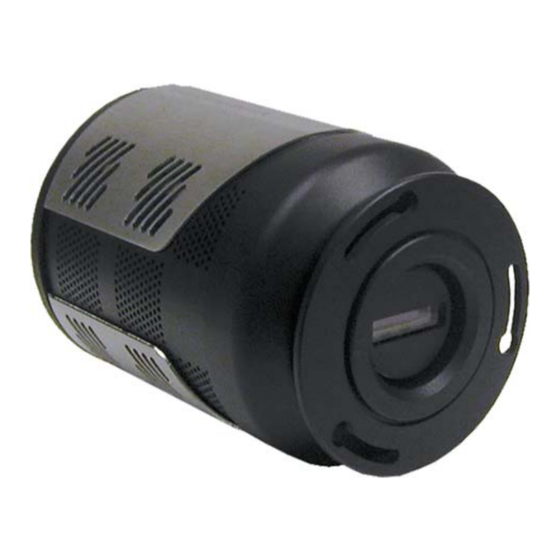
Teledyne PIXIS Manuals
Manuals and User Guides for Teledyne PIXIS. We have 1 Teledyne PIXIS manual available for free PDF download: Manual
Teledyne PIXIS Manual (156 pages)
Brand: Teledyne
|
Category: Digital Camera
|
Size: 5 MB
Table of Contents
Advertisement
Advertisement
